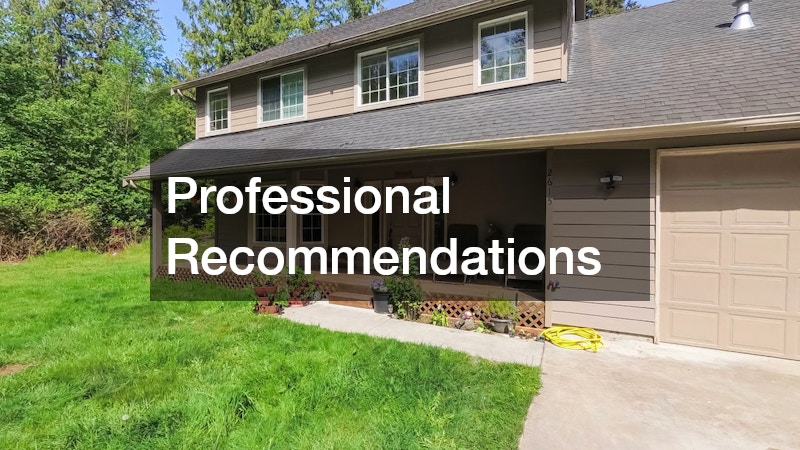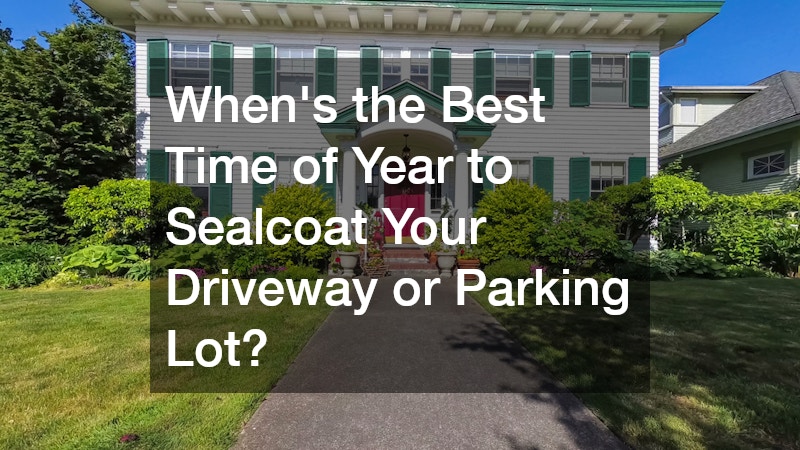Sealcoating is a critical maintenance task that helps extend the lifespan of your driveway or parking lot by protecting it from the damaging effects of weather, chemicals, and everyday wear and tear. Understanding the best time to sealcoat can help you maximize these benefits and avoid common pitfalls. This article will guide you through the key considerations for selecting the optimal time for sealcoating.
Seasonal Considerations for Sealcoating
Temperature and Weather Conditions
Choosing the best season for sealcoating services largely depends on the temperature and weather stability. Ideal temperatures for sealcoating generally range between 50°F and 90°F.
In these conditions, sealant adheres well and cures effectively, offering maximum protection.
Weather stability is crucial because fluctuations can negatively impact the sealcoating process. High humidity levels can prolong drying times and may leave the sealant vulnerable to damage. Therefore, it’s essential to monitor weather forecasts for consistent conditions when scheduling sealcoating.
Sealcoating during extreme temperatures, whether too hot or too cold, can result in inferior adhesion. Cold weather can prevent the sealant from curing properly, while excessive heat can cause it to dry too quickly and crack. The goal is to aim for a window of moderate weather conditions for the best results.
Impact of Seasonal Traffic
Seasonal variations in traffic can significantly influence the decision on when to sealcoat. Higher traffic in certain seasons can impediment the curing process, leading to unsatisfactory results. Conversely, scheduling during times of decreased traffic can benefit the process.
When planning to sealcoat, consider periods of school vacations, holidays, or off-peak seasons in your region. These times often see less traffic, allowing the freshly applied sealant more time to cure undisturbed. This minimizes the risk of traffic-related disturbances that could compromise the seal coat’s integrity.
Ultimately, properly timing sealcoating projects to align with lower traffic periods can extend the lifespan of the protective layer. It can also prevent the need for premature reapplication. Less disturbance during the curing phase results in a more durable and long-lasting sealcoat.
How Weather Affects the Sealcoating Process
Rain and Moisture Concerns
Precipitation is a significant factor to consider, as moisture exposure can severely compromise sealcoating effectiveness. Rain can wash away uncured sealant, leading to patchy coverage and an uneven surface. Therefore, ensuring a rain-free window of 24 to 48 hours is vital after applying the sealant.
One of the strategies to mitigate moisture risks is to monitor weather forecasts closely before planning your sealcoating project. Additionally, installing covers or tarps can protect a freshly coated surface from unexpected showers. Proper planning minimizes the risk of water-related curing issues.
It’s not just rain but even dew can affect the outcome of a sealcoating project. Dew accumulation overnight can seep into the sealant, disrupting the curing process. A well-timed application avoids delays and ensures that sealcoating provides long-term protection for your pavement.
Sunlight and UV Radiation
Sunlight plays a crucial role in the sealcoating process because UV radiation aids in the curing of the sealant. Exposure to sun helps the sealant molecules bond more efficiently, thereby enhancing the durability of the protective layer. However, too much sunlight can be detrimental.
While sunlight is beneficial, excessive UV radiation may cause the sealant to cure too quickly. This rapid curing can lead to cracks and diminished adherence to the surface, resulting in a compromised sealcoat. Therefore, choosing overcast days with partial sunlight is often recommended.
Scheduling sealcoating during days when the UV index is moderate ensures optimal curing conditions. This balanced exposure prevents the surface from becoming brittle and maintains its flexibility. Proper UV management in the sealcoating process helps create a resilient barrier against wear and tear.
The Best Months for Sealcoating
Optimal Months for Different Regions
Best months for sealcoating vary significantly based on geographical location due to climatic differences. In northern regions, late spring to early summer often offers the best conditions for sealcoating, thanks to milder and more consistent weather. In southern areas, the mild temperatures of late fall are usually the ideal time.
Understanding your region’s specific climate patterns is essential. Coastal areas might need to account for moisture and humidity, which can require different planning compared to more arid inland regions. Tailoring the timing of your sealcoating project to your region maximizes its effectiveness and durability.
Professional Recommendations
Professionals consistently emphasize the importance of timing when scheduling sealcoating projects. Many experts recommend late spring through summer as a general guideline due to stable weather conditions. Acknowledging these professional insights helps in making more informed choices for your sealcoating needs.
The rationale behind these recommendations considers how temperature and weather stability improve sealcoat adhesion and durability. Professionals also point to reduced risks of disturbances from weather and traffic during suggested months. Following such expertise ensures the longevity and performance of the sealcoat.
Selecting the best time of year to sealcoat your driveway or parking lot involves evaluating a variety of factors including temperature, weather patterns, and regional considerations. By understanding these elements and planning accordingly, you can ensure that your sealcoat lasts longer and provides maximum protection. Armed with this knowledge, you can confidently schedule your sealcoating project for optimal results.



